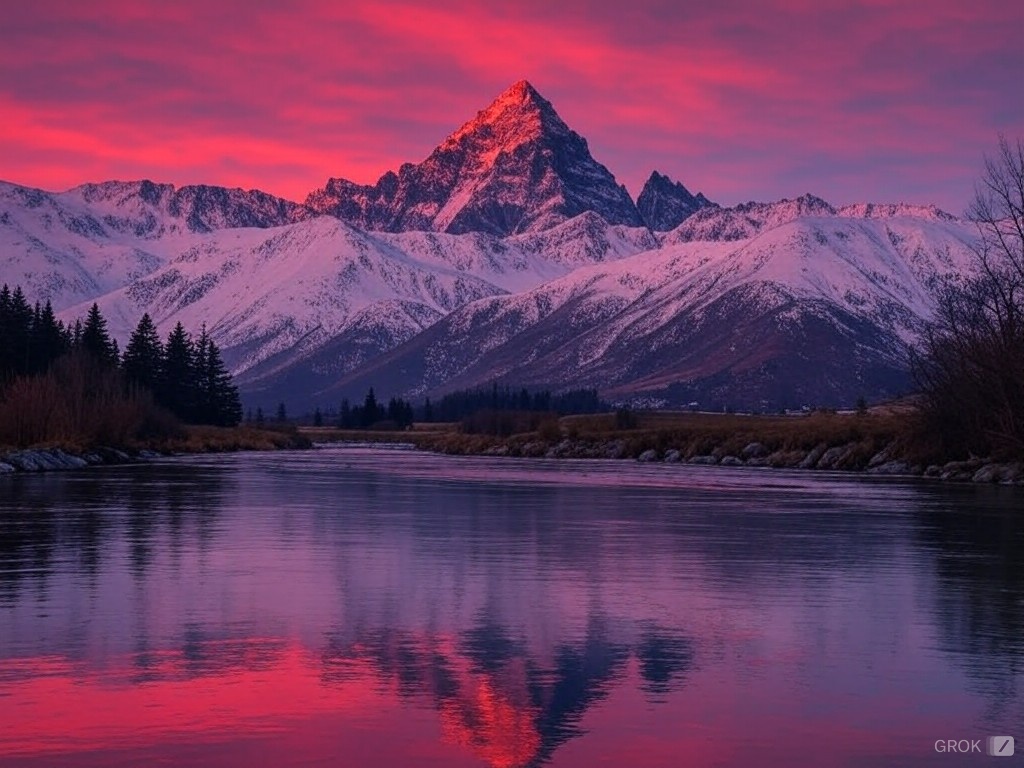Oh, the joy of opening up Unreal Engine for the first time—you feel like a kid with the keys to a candy shop, don’t you? If you’ve tinkered with game development even a little, you’ve probably heard folks rave about this powerhouse of a tool. Unreal Engine, by the way, is not just another game engine. It’s a magic box that helps you bring the most outlandish game environments to life.
Let’s dive in, shall we? I remember when I started out with Unreal Engine—my first project looked like something out of a child’s imagination, rough around the edges but oh-so ambitious! That’s the beauty of Unreal, it grows with you. From basic block-outs to intricate landscapes complete with dynamic lighting, it enables you to sculpt your vision bit by bit.
Contents
Why Unreal Engine?
You might wonder, “Why choose Unreal Engine over other tools?” Well, let me put it like this: imagine having a Swiss Army knife when all you had before was a spoon. Unreal not only offers robust tools for level design like the Blueprint system (which is a lifesaver, really), but also stunning graphical capabilities that can make your levels look like stills from a blockbuster movie. And let’s not forget the massive community and marketplace. Need a spooky tree or a futuristic vehicle? It’s just a few clicks away.
Getting Started with Your First Level
Starting a new level can be daunting. You sit there, staring at the vast emptiness of the grid, and think, “Where on earth do I begin?” Let’s break it down: start small. Sketch a rough layout on paper or use primitive shapes to block your level. It’s like sketching—the first strokes might not be perfect, but they set the foundation. And remember, it’s okay to borrow ideas from other games or movies to get your creative juices flowing (we’ve all done it, no shame there).
Now, let’s add a bit of texture and lighting. This can make or break your level. Lighting, especially, is crucial—it sets the mood. Want your player to feel uneasy? Use shadows and dim lights. Going for cheerful and vibrant? Crank up those light sources! Texture wise, Unreal’s material editor is your best friend. It’s like painting—you get to choose the palette that best tells your story.
Common Pitfalls and How to Dodge Them
It’s not all smooth sailing, though. Sometimes, I’ve spent hours on a tiny detail, like the perfect placement of a lamp post, only to realize it disrupted the player’s path. Remember, functionality should always come before beauty. Make sure your spaces are not just pretty but playable. Ah, and another thing—optimization. You might create the most jaw-dropping level ever, but if it runs like a tortoise, well, players might not stick around.
I often compare level design to conducting an orchestra—every element, from props to ambient sounds, must be in harmony. And just when you think things are perfect, playtest it. Then playtest it again. You’ll find bugs or design flaws you never even considered. It’s a bit humbling, really, but also a vital part of the process.
The Joy of Creation
By now, you can probably tell that creating game levels in Unreal Engine is something I’m deeply passionate about. There’s something genuinely thrilling about seeing your virtual world come to life, inhabited by players who experience the very emotions you wove into the design. It’s like watching a child take their first steps—exhilarating and a tad nerve-wracking.
Are you itching to start your journey or perhaps you’re stuck on a tricky level design issue? Feel a bit out of depth? Don’t fret! Drop me a line at [email protected]. Whether it’s creating lush landscapes, eerie dungeons, or high-tech cities, I’m here to help you bring your vision to life. Let’s craft some mesmerizing game worlds together!
